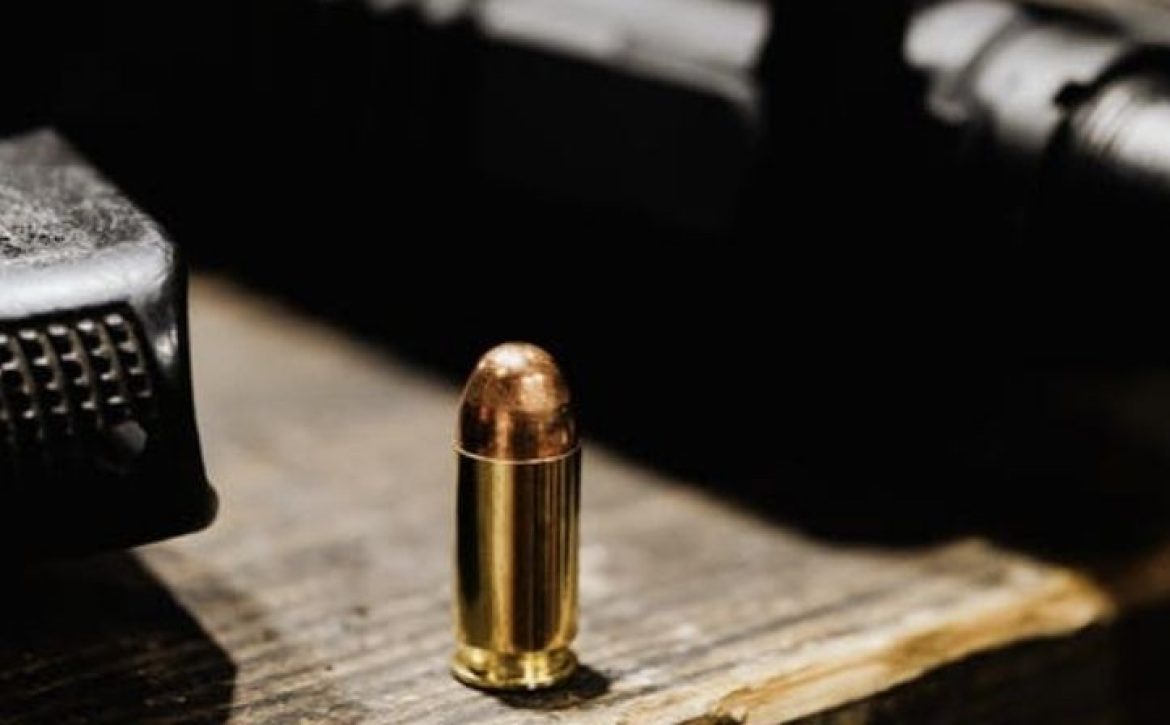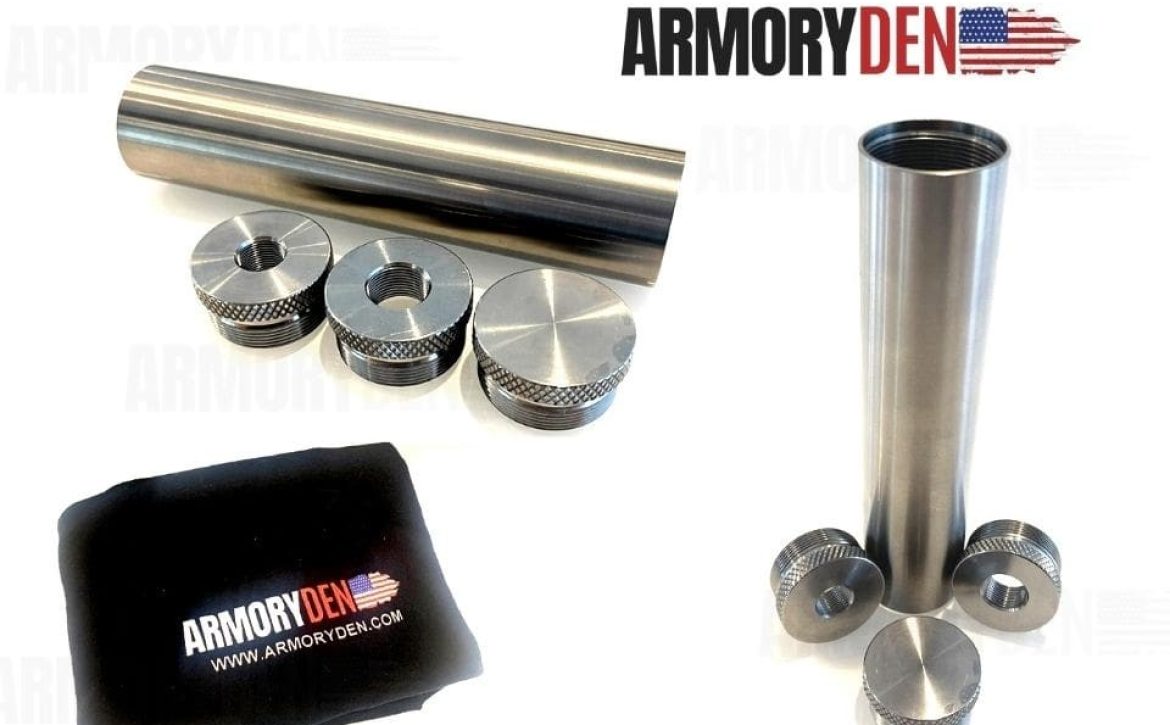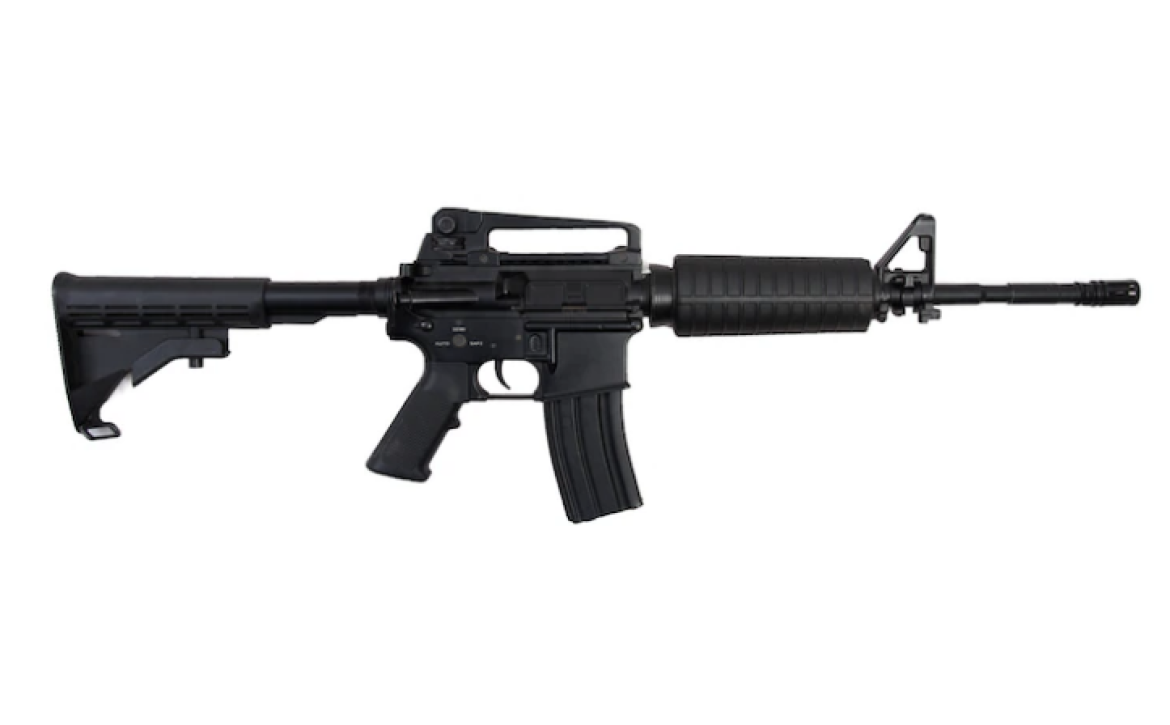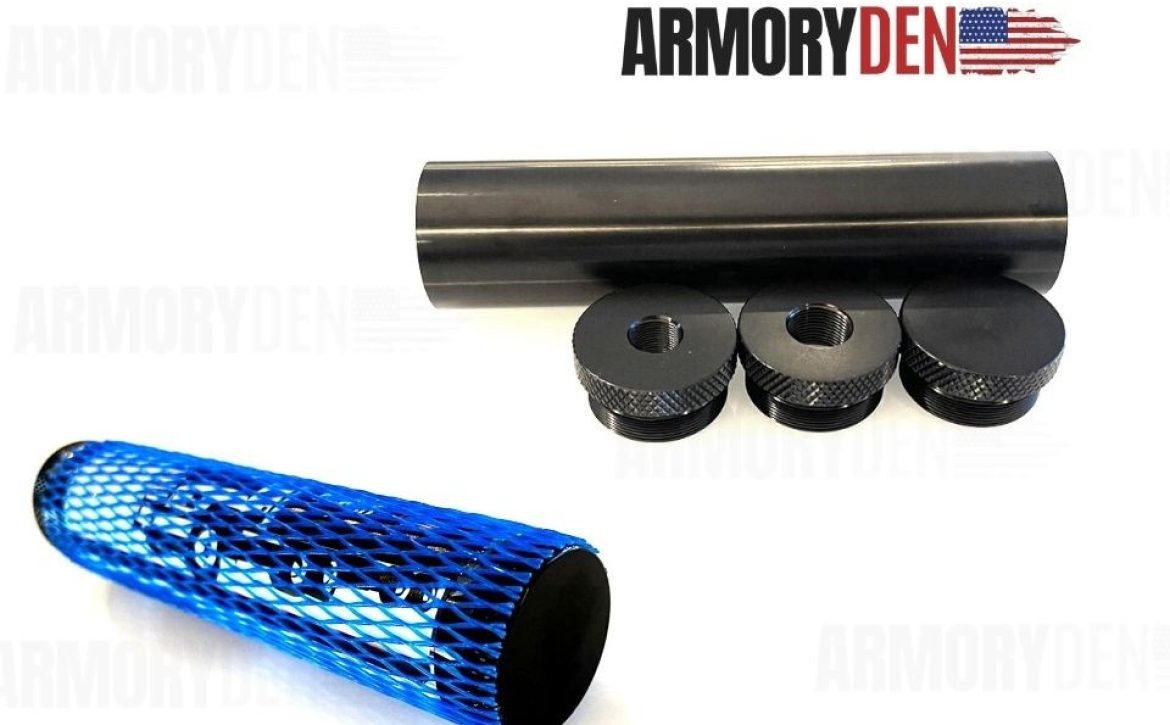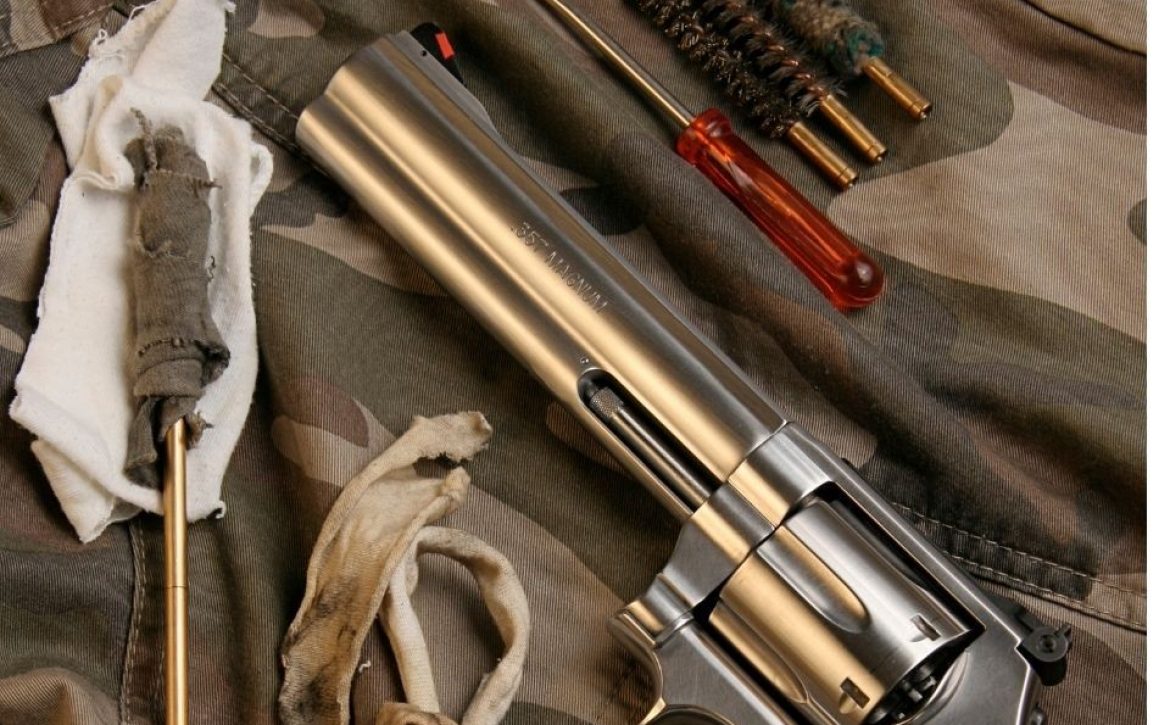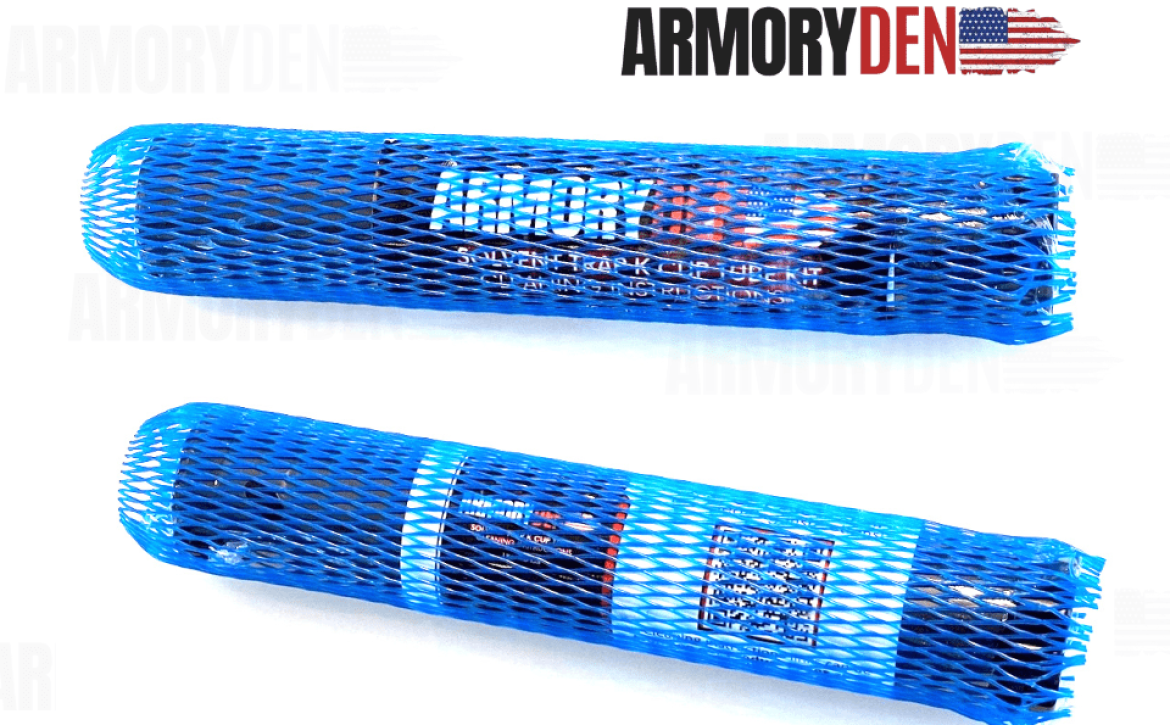A Quick Guide to Cleaning Your Reloading Equipment (Press)
Cleaning your reloading equipment ensures that your rounds fire correctly, and also helps prevent malfunctions and enhances the safety of your ammunition.
Whether you’re getting your firearm ready for the hunting season or are preparing for your target-shooting event, this guide should help you have a seamless shooting experience.
We will discuss the best ways to clean your reloading press and provide you with helpful tips on preventing corrosion and other damage.
Firearm Reloading Equipment Cleaning and Maintenance: The Key Concepts to Focus on
Effective cleaning and maintenance of firearm reloading equipment requires adequate preparation and the proper tools and cleaning supplies.
Before starting, make sure you have everything you need within arm’s reach. This includes:
- A clean work area
- Lubricating oil
- Cleaning solvent
- Rags or paper towels
- Old toothbrush (optional)
Now that you have everything you need, let’s get started.
Disassemble the Reloading Press
Start by disassembling your reloading press according to the manufacturer’s instructions. Once it is disassembled, take a look at all of the parts.
Inspect each piece for dirt, debris, or any other foreign substance. If you see anything that doesn’t belong, use a rag to remove it.
Clean the Press
Once you have inspected and set aside all the parts and pieces of your reloading equipment, it is time to move on to the main business; cleaning the press. This can be easy or challenging, depending on the type of press.
If you have a turret press, the process is pretty straightforward
Unscrew the dies from each turret and put them to the side. Next, use a soft brush to remove any powder residue or buildup from the turrets. Once that is done, move on to cleaning the press frame.
An excellent way to clean the frame is to use a combination of compressed air and a soft brush. This will remove any dirt or debris that has been collected on the frame. Once you have done this, wipe down the frame with a rag to remove any lingering residue.
Now that the press is clean, it is time to move on to the dies
The first step is to remove any buildup on the dies. This can be done with a soft brush or a die pick. Once you’ve removed the buildup, you can use Hoppe’s gun bore cleaner to clean the dies before wiping down the dies with a rag to remove any residual solvent.
Once the dies are clean, it is time to move on to the primer tray
The primer tray should be cleaned with a soft brush and compressed air. Once the tray is clean, wipe it down with a rag to remove the residual cleaning solvent. With the reloading equipment now clean, you can put it away in a clean, dry place for a few minutes before starting the lubrication process.
Now that the reloading press and its associated parts are clean, we can lubricate them in preparation for reassembly.
Lubricate the Press
Before you reassemble the press, you will need to lubricate all moving parts. This includes the ram, die carrier, and other moving parts on the press.
You can use any lubricating oil that you have on hand. However, it is essential to make sure that it is light and non-abrasive.
Lubricating the Ram
To lubricate the ram, you will need to remove the die from the carrier. Once the die is removed, you can apply a light coat of oil or grease to the ram. Focus only on the ram’s components that come into contact with other metals in the press. Be sure to wipe away any excess oil before reassembling the press.
Lubricating the Die Carrier
You do not need to remove the die carrier to lubricate it. Simply apply a light coat of oil or grease to the die carrier’s moving parts. Again, wipe away any excess before reassembling the press.
Lubricating the Arm
You will need to lubricate the arm of your reloading press before each use. A simple lubricant like oil or grease will do the trick. Just apply enough lubricant to the moving parts of the arm and allow the oil or grease to sip into the arm’s moving components.
Ensure you apply equal amounts of lubrication to any pivoting points of the arm to create balanced friction and a seamless movement of parts.
Lubricating Other Moving Parts
You will need to lubricate a few other moving parts on the press. These include the pivoting pins, shell plate, and turret and die.
As with the pivoting pins, you’ll need to apply a small amount of oil or grease to these parts. However, you don’t need to be as generous with the lubricant as with the arm. A light coat will do just fine.
Once you’ve applied the lubrication, move each of these parts back and forth to work the lubricant into the moving components. It would help if you also took this opportunity to inspect the parts for any damage or excessive wear.
The turret and die are two of the essential parts of your reloading press, so it’s necessary to make sure they are well-lubricated. Use your finger or an old cloth to apply lubricant to the inside of the press housing to lubricate the turret and die.
Finally, apply a small amount of lubricant to the outside of the turret and die; this will help to keep them from rusting.
Cleaning your reloading equipment is essential to ensure that it lasts for many years. The number of times you’ll be cleaning your equipment depends on how often you reload and the number of rounds you fire at a time. Ensure you clean as frequently as you need to maintain your equipment’s performance.
You shouldn’t equally forget to clean your entire firearm using approved solvent traps kits from Armory Den that will help you maintain a clean firearm for prolonged services.
By following the above simple steps, you can keep your equipment in top condition and enjoy a seamless reloading and firing experience.
Notice: Please be advised that this article is for information purposes only and Armory Den, Inc., Armory Den, and/or Armoryden.com, does not accept liability for any negligence, injury, death or other personal or environmental consequences that occur from the sourced and unsourced information in this article.


